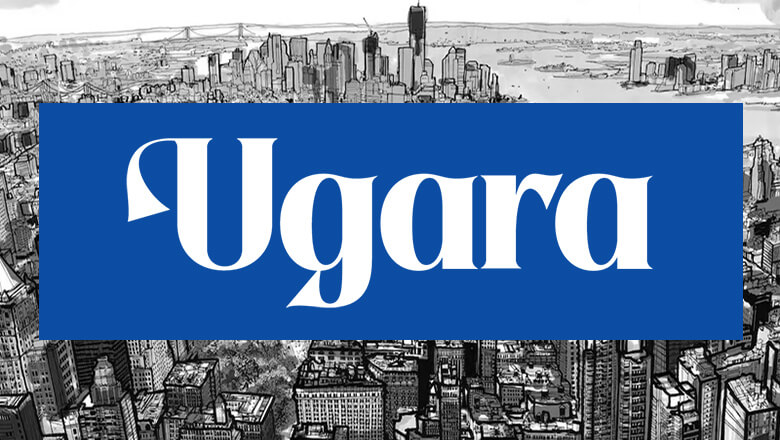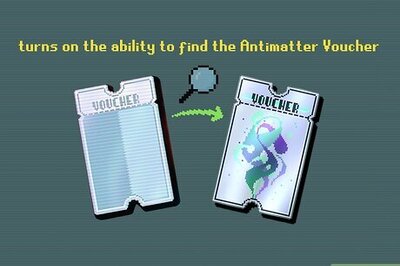
views
- Sweep or vacuum (without using a beater brush) every day to remove crumbs, dirt, and dust.
- Mop your floors weekly using a soft mop and 1 cup (240 mL) of apple cider vinegar diluted in 1 gallon (3.8 L) of water.
- Alternatively, use a pH-neutral floor cleaner like Bona or Pine-Sol.
- Avoid using a steam mop, letting water or other liquids puddle on the floor, or using harsh or abrasive cleaners like ammonia or steel wool, all of which can damage LVP.
Wipe up spills immediately.
Soak up standing water or other liquids that can warp your floors. Whether your dog has a tendency to splash water out of their bowl everywhere or your toddler is prone to tipping over their cups, make sure to wipe or mop up any liquid right away. If left on your LVP, it can penetrate the top layer and cause unsightly bulges and bubbles.
Sweep or vacuum your floors daily.
Remove dirt, dust, and crumbs before mopping. Use a broom, dust mop, or a vacuum cleaner to get rid of all the grime. If you opt to vacuum, make sure you’re not using the beater bars, which could scratch your floors. Set your vacuum to the “hard floor” option or use one without those rotating bristles.
Use water and vinegar to mop weekly.
Mix 1 cup (240 mL) of apple cider vinegar into 1 gallon (3.8 L) of water. Swap out the apple cider vinegar (ACV) for white vinegar if that’s all you have on hand. Use a soft mop that won’t scratch your floors, and just get it damp, not soaking wet. Mop the floor in long strokes, moving from the farthest corner of the room to the entryway.
Deep clean with a neutral pH floor cleaner.
Choose products that are made for LVP. If vinegar isn’t enough to remove built-up dirt and grime, go with a pH-neutral cleaning solution like Bona, ZEP, or Armstrong. Usually, you can use these cleaners to mop the floor as you normally would, but follow the instructions on the product label. Pine-Sol is also a suitable option for LVP.
Avoid harsh or abrasive cleaners.
Protect your floors by using gentle cleaning agents. Don’t use soap-based detergents, anything containing ammonia, or “mop and shine” products on LVP. They can degrade the protective finish of your floors. Steer clear of abrasive cleaning products like steel wool, as well, which could scratch your floors. Some manufacturers also recommend against using Swiffer brand products, both wet and dry.
Don’t use a steam mop.
Steam and water can ruin LVP flooring. Luxury vinyl plank isn’t made to be saturated with water. Avoid using a steam mop to clean your floors, and never saturate LVP with water or any other liquid.
Remove stains using diluted bleach or isopropyl alcohol.
Treating stains and scuffs will keep your floors looking great. Clean up food stains, including ketchup or juice, as well as dye, rust, urine, and feces using a 10:1 ratio of water to liquid bleach. For paint, nail polish, stain, varnish, oil, grease, gum, and other sticky substances, scrape the floor gently with a spoon to remove as much of the material as possible. Then, dip a soft cloth in odorless mineral spirits, rubbing alcohol, or lighter fluid, and scrub away the rest of the gunk. Remove shoe scuffs by rubbing them with your finger—the friction will take the rubber right off. If needed, wipe the spot with a soft cloth dipped in isopropyl alcohol. If bleach or alcohol doesn’t do the trick, try lemon juice or cream of tarter. Or, try a paste of baking soda and water to gently scrub stains. No matter what method you choose, wipe the floor with a damp cloth, then a dry one when you’re done.
Use doormats at entrances.
Protect your floors with rugs or mats. Our shoes track in all kinds of things from outdoors, from pebbles and asphalt to leaves and gum. Place a non-staining rug or doormat with anon-rubberized backing in front of every exterior door to catch these items and prevent them from scratching up your LVP flooring.
Put felt pads on furniture.
A soft layer underneath furniture and appliances will protect LVP. Put felt pads on chair legs and the bottoms of appliances and furniture to prevent them from scuffing or scratching your floors. Always avoid pushing heavy items, from couches to fridges, across your floors. If the items are too heavy to lift and carry, attach furniture sliders to the legs before gently sliding them across the floor. Choose felt pads that are at least 1 inch (2.5 cm) in diameter for chairs, and larger ones for bigger furniture or appliances.
Avoid waxing your floors.
Wax can ruin your floor’s finish, so steer clear of it. Fortunately for you, there’s no need to wax or buff LVP! Similarly, avoid using any cleaner that contains wax or paraffin. Sweeping and mopping are all you need to do to keep your floors looking their best because LVP has a protective finish built in.



















Comments
0 comment